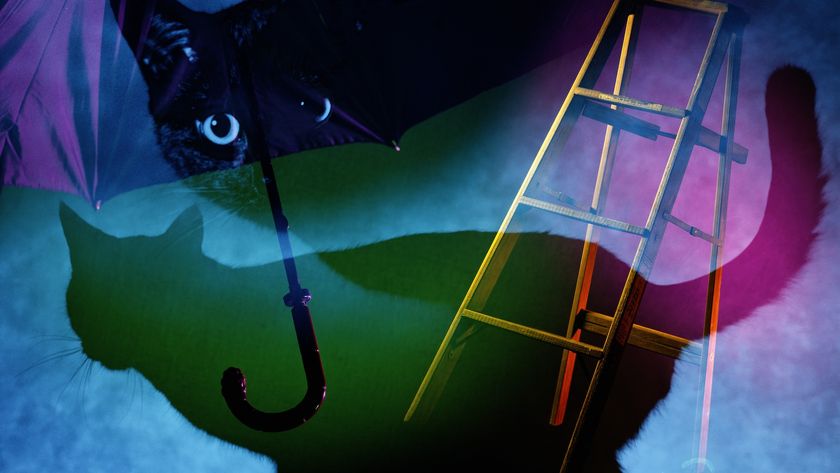Close Friends Less Common Today, Study Finds

If asked how many friends you have, some may have trouble distinguishing between the lengthy list of Facebook friends and those close pals you confide in. Well, it turns out, Americans' lists of the close type has shrunk to two, down from three confidantes 25 years ago, a new study suggests.
The study also found that the number of us who have zero confidantes, or the socially isolated, has not increased over these decades, as scientists had suspected based on a 2006 study showing a near tripling of Americans' social isolation between 1985 and 2004.
Although this shrinking social network "makes us potentially more vulnerable," said Matthew Brashears, assistant professor of sociology at Cornell University, "we're not as socially isolated as scholars had feared." However, Brashears isn't confident in any of the numbers gathered for social isolation in past studies and the current one, suggesting better methods of getting true numbers are needed.
Friend list
Brashears surveyed more than 2,000 adults ages 18 and older from the nationally representative Time-sharing Experiments for the Social Sciences (TESS) program. The Internet surveys were conducted between April 23 and May 5, 2010.
Participants were asked to list the names of people they had discussed "important matters" with over the previous six months. If respondents said "none," they asked whether this was because they didn't have any important matters to discuss or no one with whom to discuss them in the past six months.
About 48 percent of participants listed one name, 18 percent listed two, and roughly 29 percent listed more than two names for these close friends. On average, participants had 2.03 confidantes. And just over 4 percent of participants didn't list any names.
Sign up for the Live Science daily newsletter now
Get the world’s most fascinating discoveries delivered straight to your inbox.
When Brashears looked closer at that number of socially isolated individuals, he found that 64 percent indicated that this was because they had no topic to discuss, while only about 36 percent had no one to talk to. Turns out, female participants and those who were educated were the least likely to report no names on their confidante list. [10 Things Every Man Should Know About a Woman's Brain]
Shrinking support
Are we becoming hermits? Not quite, according to Brashears.
"Rather than our networks getting smaller overall, what I think may be happening is we're simply classifying a smaller proportion of our networks as suitable for important discussions," Brashears told LiveScience. "This is reassuring in that it suggests that we're not becoming less social."
In fact, research by University of Toronto sociologist Barry Wellman has shown we can be close to and rely on a number of people with whom we don't discuss important matters.
"But it may still be concerning," Brashears added. "Discussion partners provide both emotional support and ideas for how to solve problems, so a shrinking discussion network may lead to more stress and poorer outcomes."
And support does seem to be waning.
Brashears asked participants about a randomly selected friend they had listed, including the types of support that person could provide. Answers included: companionship, a loan of a significant amount of money, and a loan of a significant amount of non-monetary support, such as a place to crash for a while.
"Interestingly, among those respondents who reported only one discussion partner, a number of them reported that their associate would not provide any of these benefits," Brashears said. "This leads me to think that we should be less concerned about social isolation, or lacking any social contact, and more concerned about social poverty, or not having adequate support."
Jeanna Bryner is managing editor of Scientific American. Previously she was editor in chief of Live Science and, prior to that, an editor at Scholastic's Science World magazine. Bryner has an English degree from Salisbury University, a master's degree in biogeochemistry and environmental sciences from the University of Maryland and a graduate science journalism degree from New York University. She has worked as a biologist in Florida, where she monitored wetlands and did field surveys for endangered species, including the gorgeous Florida Scrub Jay. She also received an ocean sciences journalism fellowship from the Woods Hole Oceanographic Institution. She is a firm believer that science is for everyone and that just about everything can be viewed through the lens of science.












